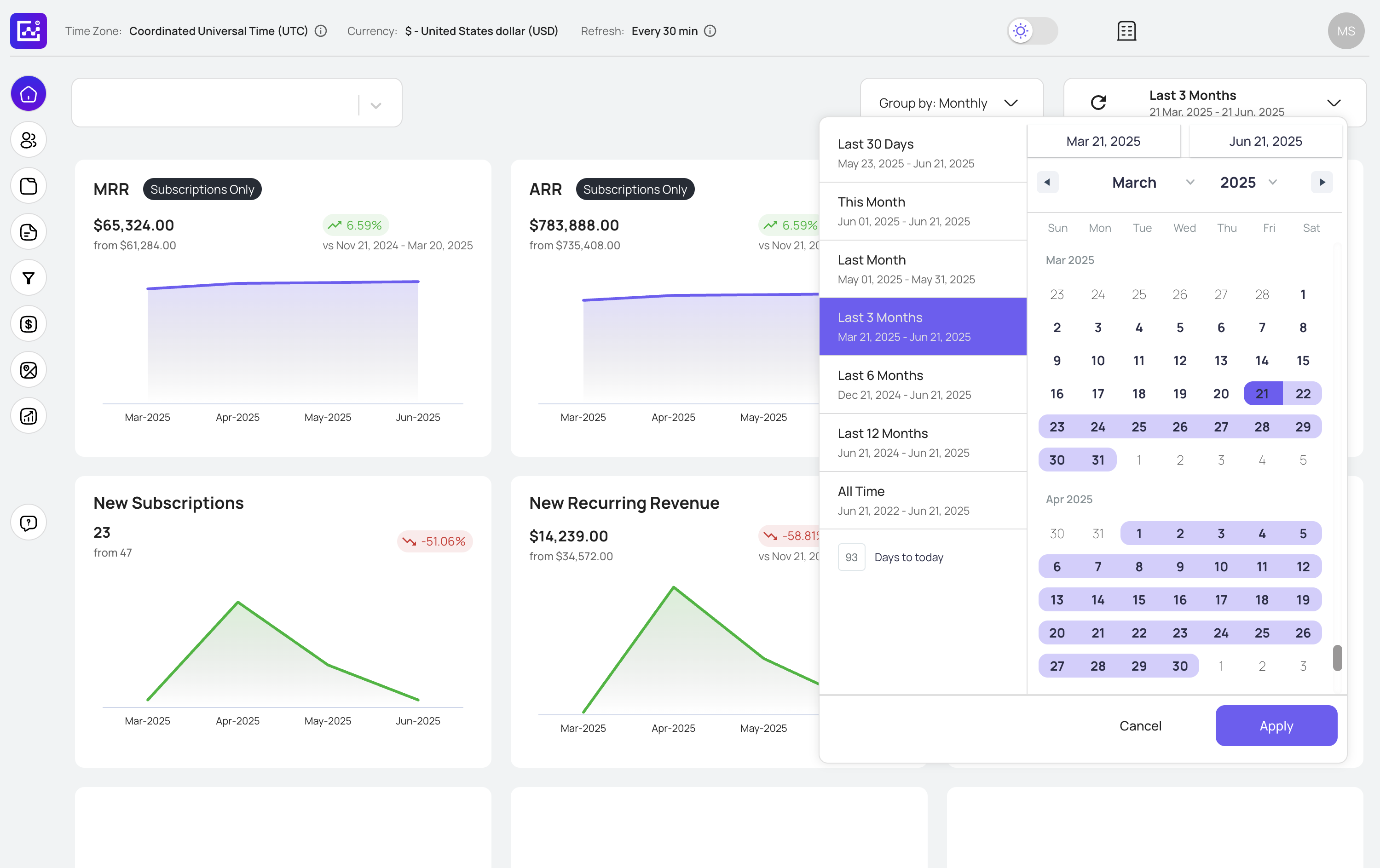ROAS Scenario Planning & Budget Optimization
Model different advertising scenarios to optimize your marketing spend. Compare conservative, optimistic, and aggressive ROAS targets to understand how different performance levels impact your profitability.
Stop relying on single-point forecasts and start planning for multiple advertising performance scenarios that could happen in your campaigns.


